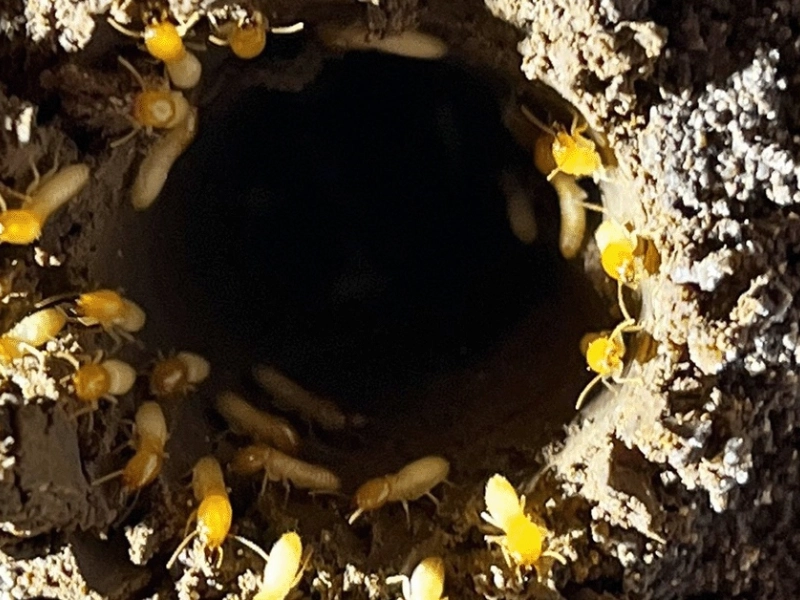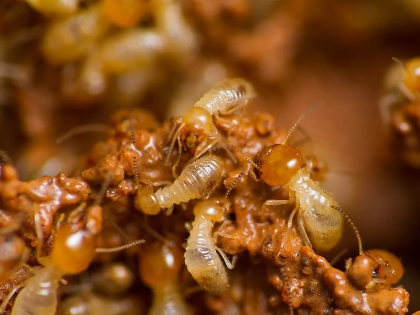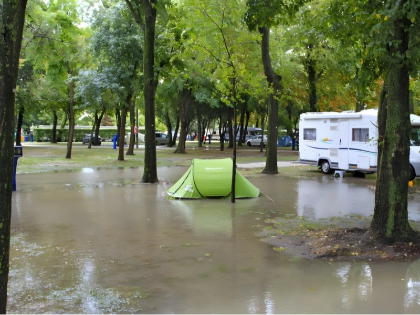Termites unexpectedly emerge as unsung heroes within the intricate ecosystems of tropical rainforests, performing roles far beyond their small size. Often misunderstood as mere wood destroyers, these incredible insects are, in fact, master architects of forest sustainability and health. Through their diverse activities, such as soil modification and nutrient cycling, termites maintain delicate ecological balances that support countless other species and enhance the resilience of tropical rainforests. This article explores twelve remarkable ways in which these industrious insects sustain the vitality and health of these invaluable ecosystems, contributing to one of Earth’s most complex and significant environments.
1. Soil Engineers and Nutrient Cycling

In tropical rainforests, termites act as primary natural soil engineers, continuously transforming the forest floor. Their tunneling activities create intricate underground networks that improve soil structure and fertility. By breaking down cellulose and lignin in dead plant material, termites convert organic waste into nutrients readily available for plants. This process accelerates nutrient cycling, particularly in nutrient-poor tropical soils. Termites’ digestive systems, aided by specialized gut microbes, efficiently decompose plant material that other organisms cannot process, playing a critical role in the forest’s food web. Similar to earthworms, their soil-mixing behavior incorporates organic matter across multiple layers, enhancing soil quality and promoting plant growth. The biological hotspots they create influence species distribution and abundance, extending their impact beyond simple soil manipulation. Their tunnel systems improve root penetration and reduce soil compaction, while studies reveal that termite-active areas contain significantly higher levels of essential nutrients like nitrogen, phosphorus, and potassium. These enriched nutrients boost plant growth and overall forest productivity. Additionally, termite-built structures serve as long-term nutrient reservoirs, slowly releasing vital elements into the surrounding soil.
Advertisement











